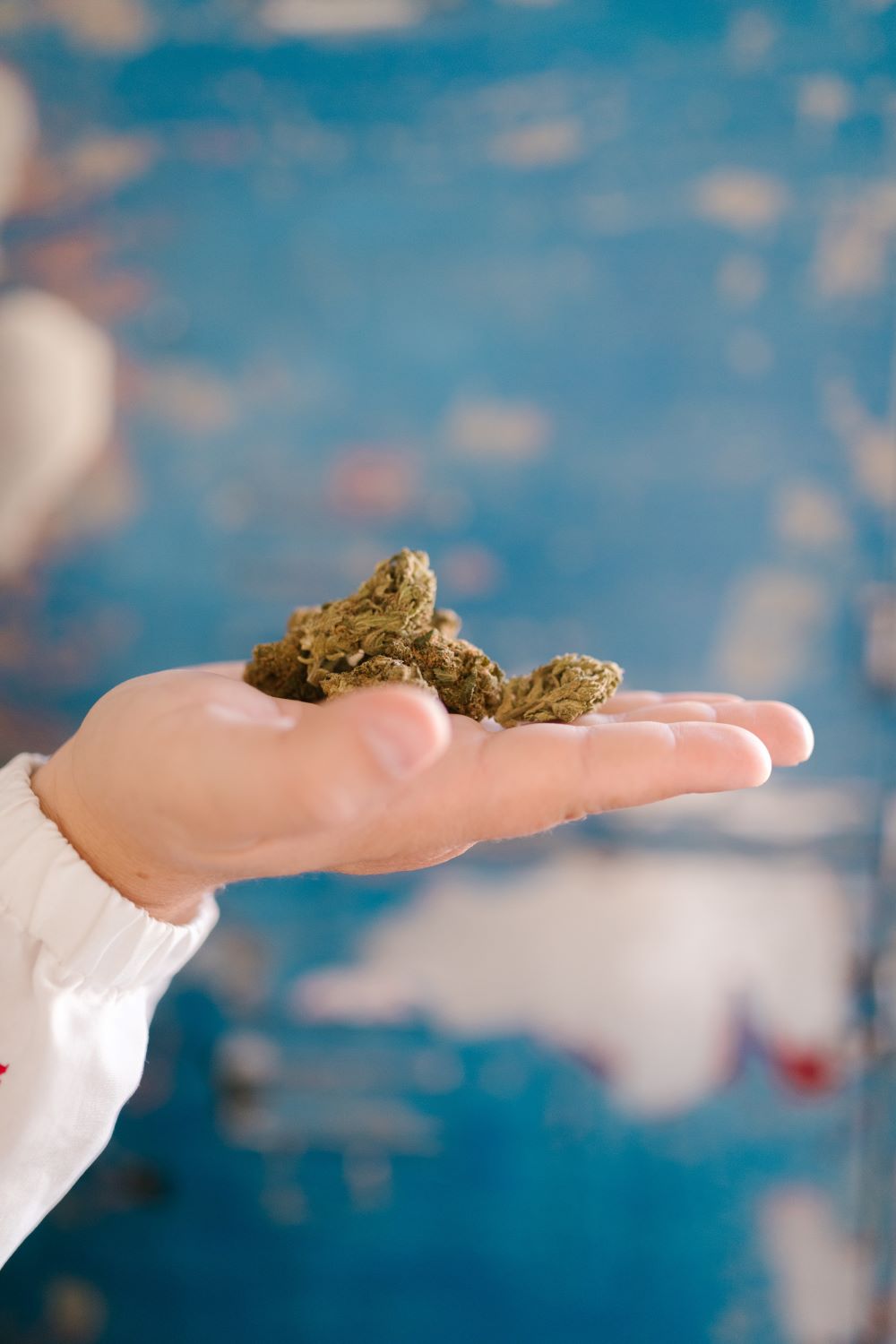Cannabis-related emergencies increased during the pandemic, research shows.
In a recently released report by the Centers for Disease Control and Prevention (CDC), a significant increase in the number of young individuals seeking emergency help due to marijuana consumption has been revealed, sparking concerns among health experts. The surge in ER visits was particularly alarming among children under the age of 11, with a shocking 214% rise observed between 2019 and 2022. The findings shed light on the potential risks associated with the widespread availability of edible cannabis products in households, and the high concentration of THC in certain products that can lead to severe intoxicating effects.
The CDC report showed that while older teenagers constituted the majority of cannabis-related ER visits, teenagers and young adults aged 15 to 24 accounted for approximately 90% of the cases. Furthermore, there was a slight uptick in ER visits among this age group following the implementation of stay-at-home orders during the spring of 2020, suggesting possible coping mechanisms for pandemic-related stress.
The rise in ER visits among teenagers and young adults may be attributed to the easy access and appealing packaging of edible cannabis products. These products, resembling candies or snacks, can end up in the hands of young children, leading to accidental poisonings. Additionally, products with high THC concentrations can lead to excessive consumption, intensifying effects and contributing to the increase in related illnesses.

Another concerning aspect of the report was the significant increase in marijuana-related ER visits among girls aged 11 to 14. Experts believe that the psychological impacts of the pandemic, including social isolation and disrupted education, may have driven some girls to seek relief through marijuana consumption.
The push for legalization began in the 1990s with California becoming the first state to legalize medical marijuana in 1996. Over the years, public opinion has shifted, and by the onset of the pandemic, 23 states had legalized recreational marijuana, and 38 allowed its medical use. The trend towards legalization has suggested a changing attitude towards marijuana, with a majority of Americans supporting the move.
With the growing acceptance of marijuana, concerns have arisen about the potential increase in use, especially among young people. While some studies suggested that marijuana use among adolescents might not have significantly increased after legalization, and even some studies suggested a decline in use, the pandemic’s unique circumstances may have had an impact. During the pandemic, many teenagers experienced heightened stress, isolation, and anxiety, which could have led them to turn to marijuana as a coping mechanism.
In response to the rising concerns over accidental ingestion, federal regulators are taking action against companies selling illegal copycat food products containing THC. To address the issue, regulators are urging companies to adopt child-resistant packaging and ensure that their products are not visually appealing to children.
The Food and Drug Administration (FDA) and the Federal Trade Commission (FTC) sent warning letters to companies selling illegal food products containing THC that closely resembled traditional snacks. Regulators are urging companies to ensure their products are not appealing to children and comply with child-resistant packaging standards.
It is also crucial for parents to engage in open conversations with their children about the potential dangers of cannabis consumption. Ultimately, parents must approach the use of marijuana-based products for children with caution, keeping in mind that individual responses to these substances can vary. Close monitoring and frequent communication with healthcare professionals are crucial steps to safeguarding the well-being of America’s youth.
Sources:
Recreational Marijuana Legalization and Adolescent Use of Marijuana, Tobacco, and Alcohol
Medical Marijuana Extract Curbs Seizure Frequency in Early Trial of Epilepsy Patients


Join the conversation!